There’s a trolley car graveyard buried without a trace in Canarsie, Brooklyn
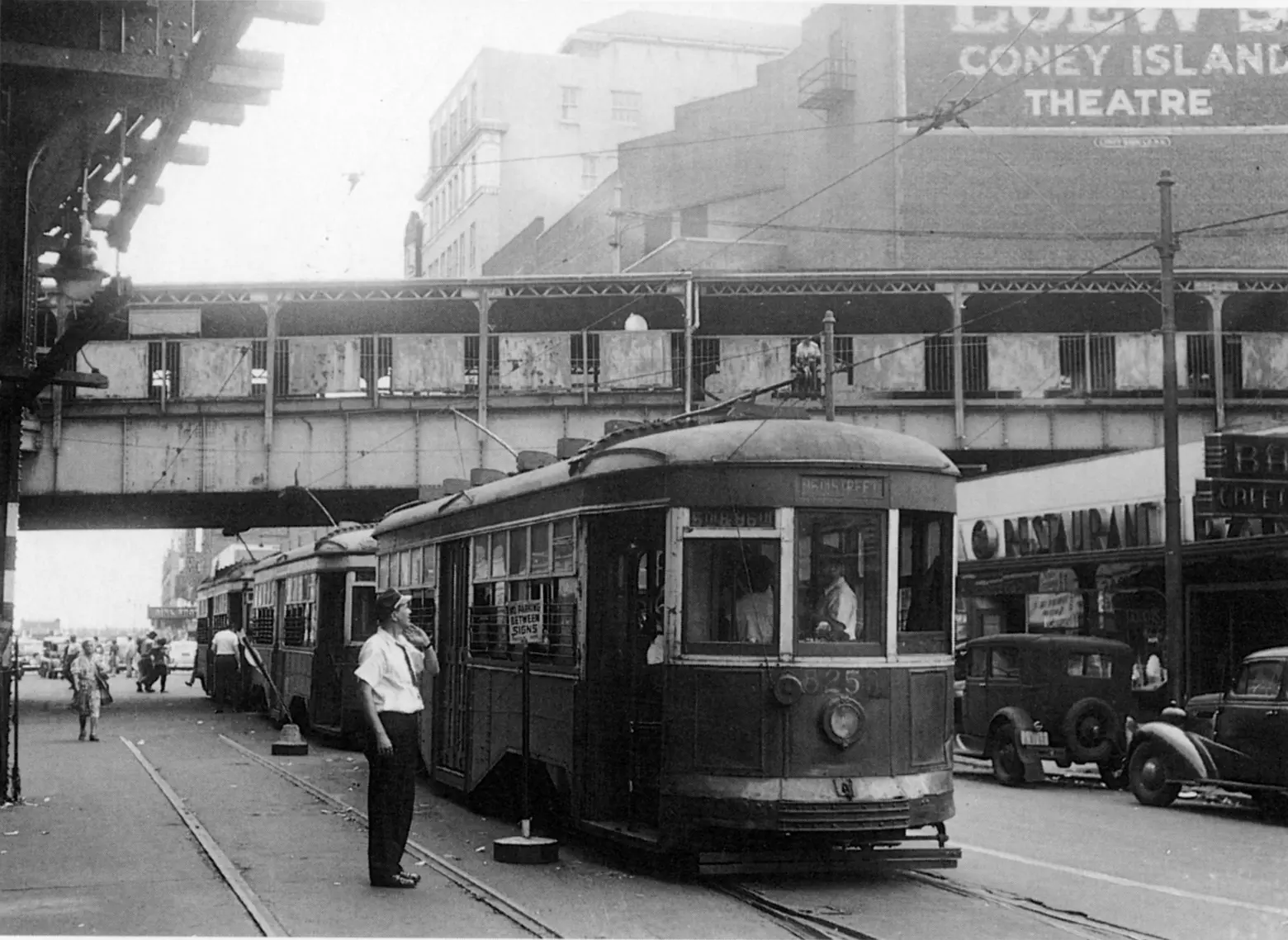
A Coney Island trolley, via Coney Island History
It may be hard to imagine today, but Brooklyn of the late-19th and mid-20th centuries was full of trolley cars. A number of different companies built out an expansive trolley system that connected residents to different neighborhoods and up to Queens—in fact, by 1930, nearly 1,800 trolleys were traveling along the streets of Brooklyn from Greenpoint to Gowanus to Bay Ridge and beyond. (The Brooklyn Dodgers were originally known as the “Trolley Dodgers,” for the practice of jumping out of the path of speeding electric streetcars.)
But as automobiles began to take over the streets, trolley use diminished throughout New York. That, of course, meant that Brooklyn needed to figure out what to do with all those unneeded cars. According to Atlas Obscura, there were a few options, including sending cars to other cities as well as countries as far as South America, or selling them to museums. But the most fascinating—and forgotten—end to the Brooklyn trolley car can be found in Canarsie, where many were simply sunk into a pit about the size of a city block at the end of the Canarsie train line.
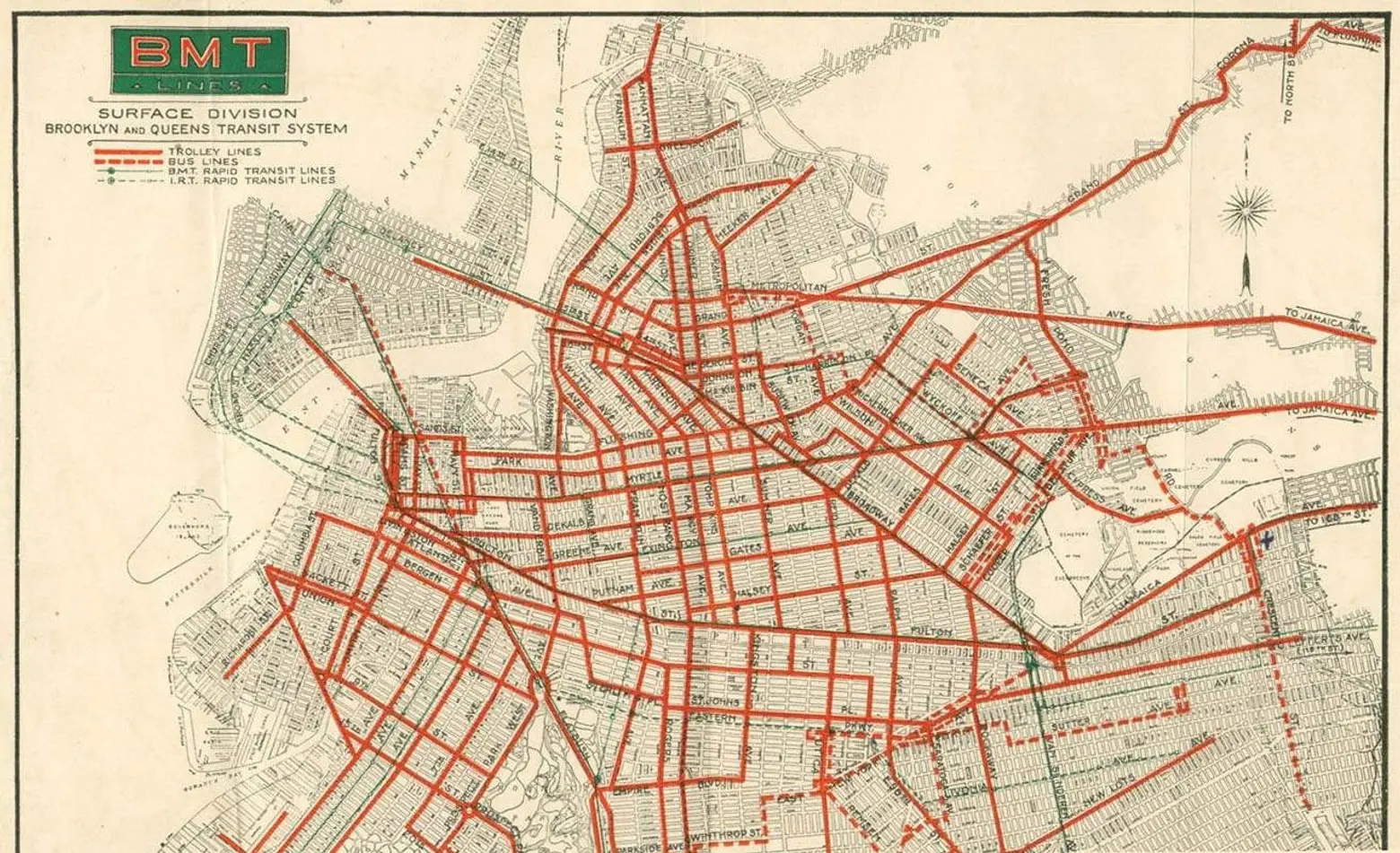 Brooklyn trolley car ramp, via Reddit
Brooklyn trolley car ramp, via Reddit
Here’s how cars with names like the “1100’s” and the “2300’s” ended up deep underground. Originally, this transit graveyard was a sand pit owned by the Brooklyn Rapid Transit Company, the major trolley car operator. Sand was pumped through pipes to bins, then a revolving drying cylinder, heated by a furnace, dried the sand, which was subsequently loaded onto flat cars. After four years, enough sand had been removed to form a lake of about seven acres wide, 35 feet deep, with banks 15 feet high. Tracks led right to the edge of the pit, and from there the trolleys would topple to the bottom of the lake. According to the New York Times, “Trolleymen said the lake was actually much deeper and kept swallowing trolleys for years.”
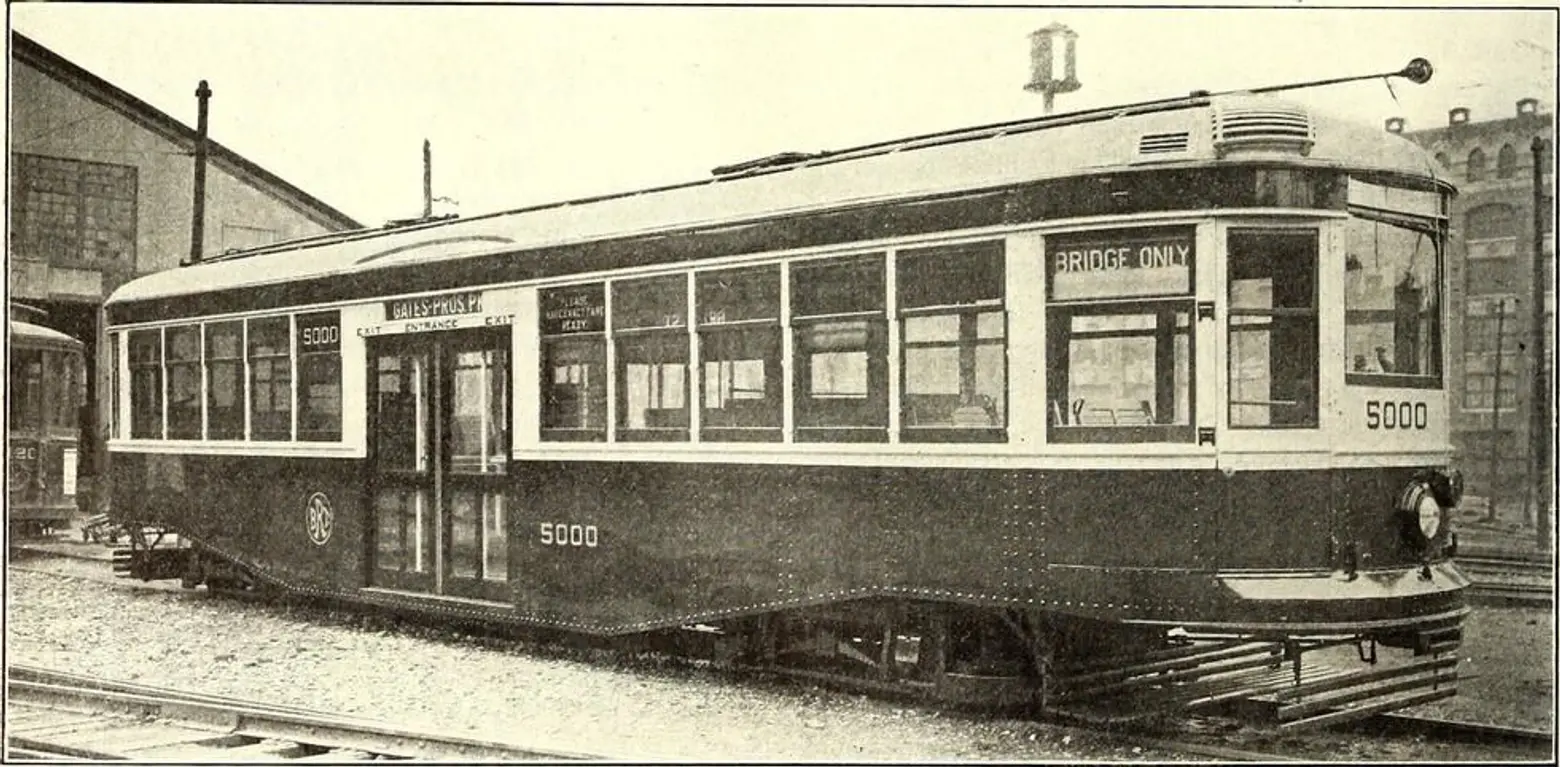 A BRT streetcar from 1908, via Wikimedia Commons
A BRT streetcar from 1908, via Wikimedia Commons
Locals described the trolley tomb as a bottomless pit—the lake even earned the simple nickname of “The Pit.” It kept sucking in unwanted cars until in 1939, alongside refuse like old railroad ties and oil drums. After it closed, some trolleys continued to be brought to the site to await actual demolition. The lake, amazingly, was used as a swimming hole by local kids, while some scrap metal from the sunken trolleys was brought up to be used for tanks and artillery during World War II.
Eventuall, the pit was filled in to make more room for the developing neighborhood of Canarsie. The forgotten graveyard now takes up a square block along East 99th Street, between Avenue J and Flatlands Avenue. Today the stretch is home to single-family homes and apartment buildings.
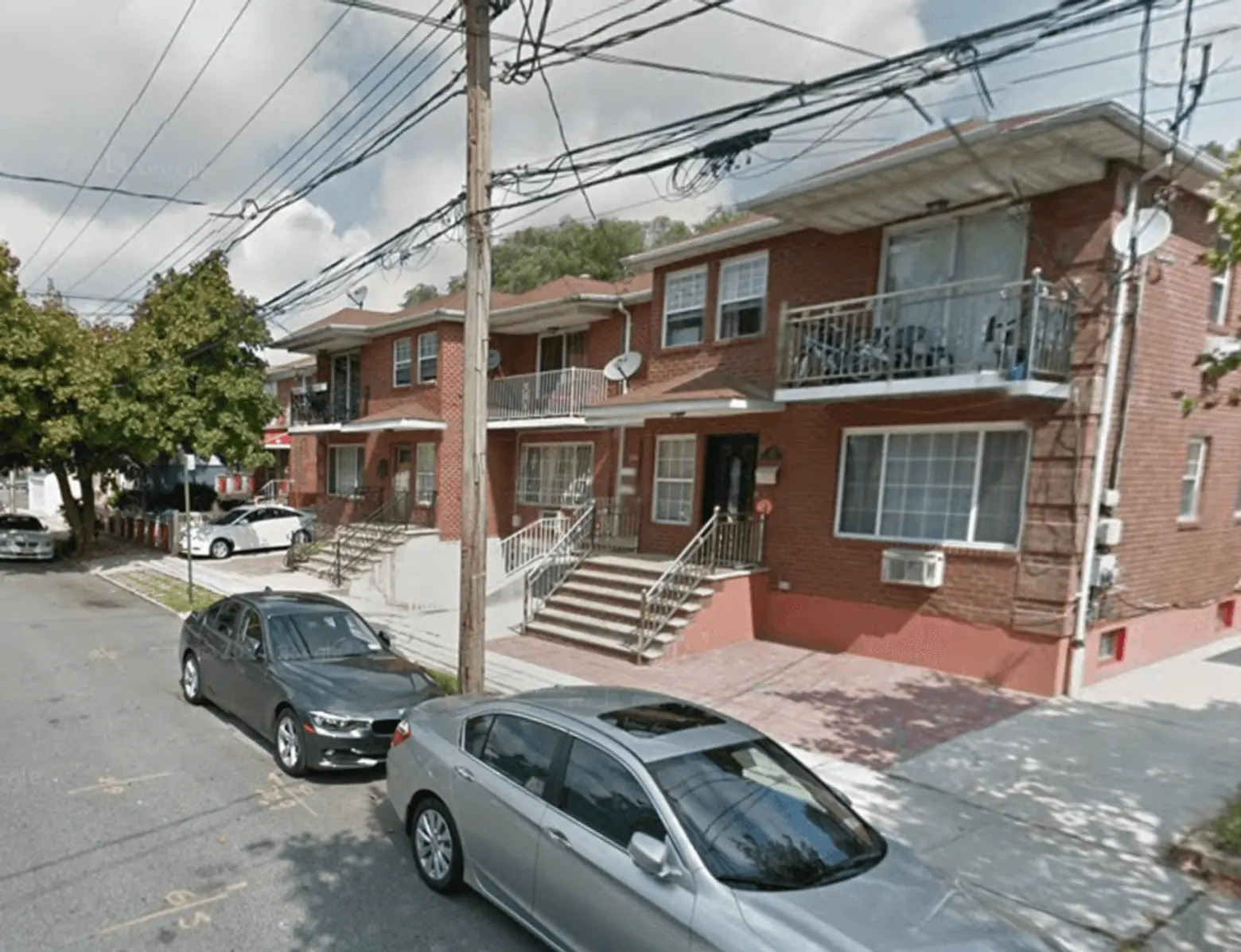 East 99th Street in Canarsie, via Google Maps
East 99th Street in Canarsie, via Google Maps
Though the graveyard may be forgotten, the Canarsie line—around since 1906—is still kicking. After going through several iterations, including the operation of trolley cars, the line now holds the L train, which travels from 8th Avenue in Brooklyn to Rockaway Parkway in Canarsie, Brooklyn.
RELATED:
Get Insider Updates with Our Newsletter!
Leave a reply
Your email address will not be published.
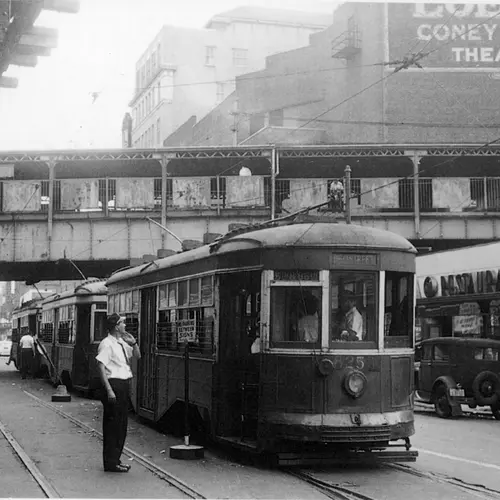
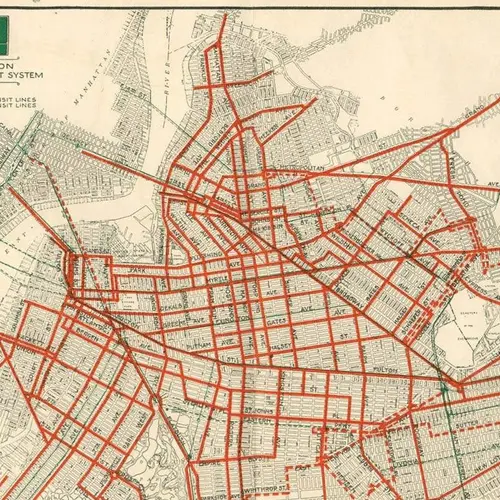
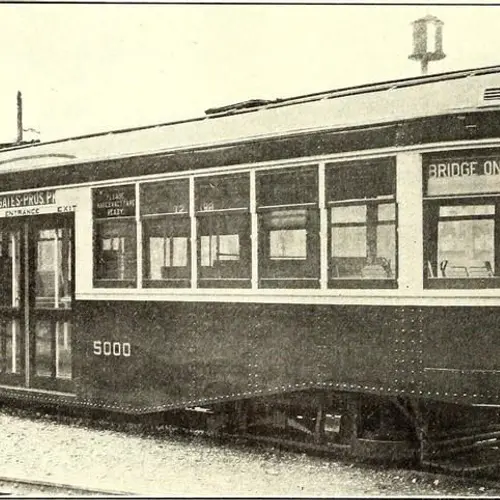
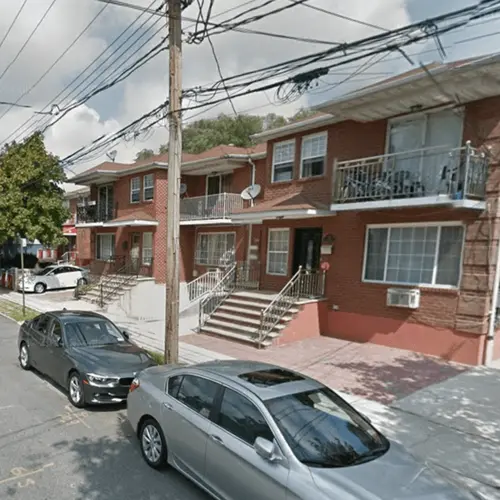

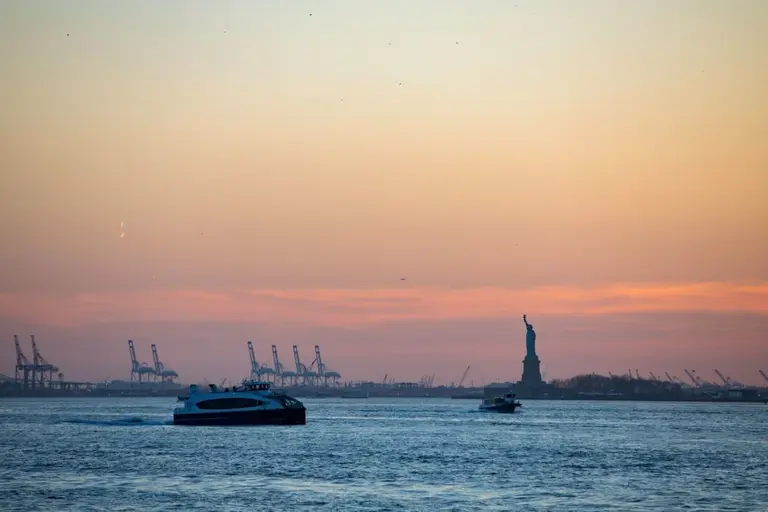

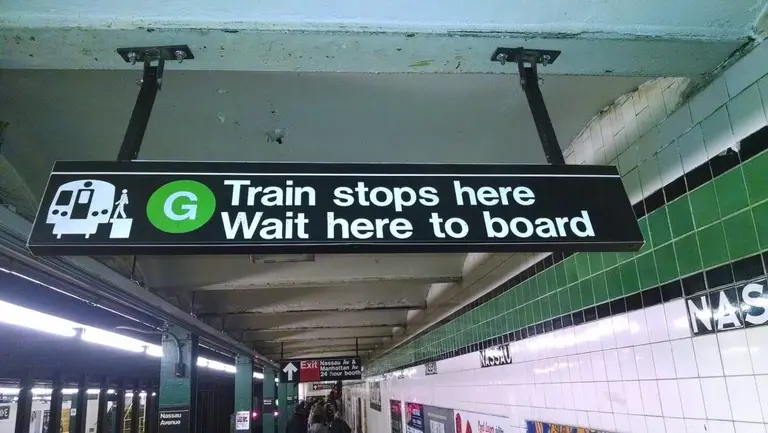
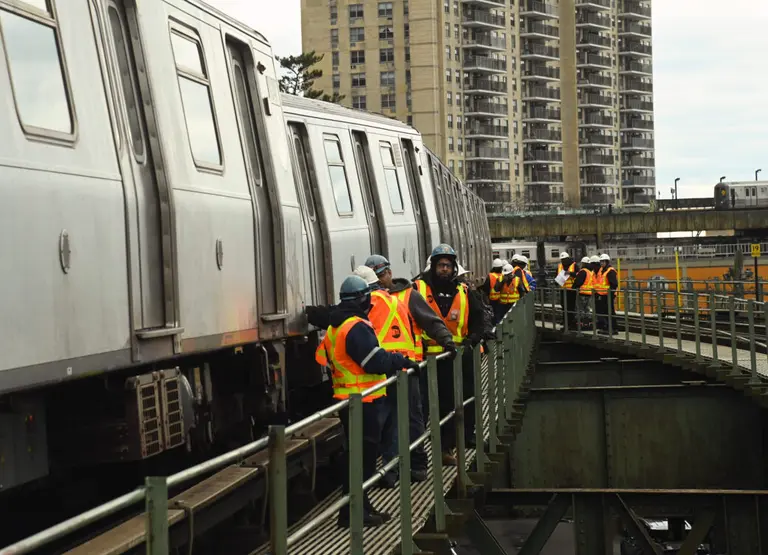





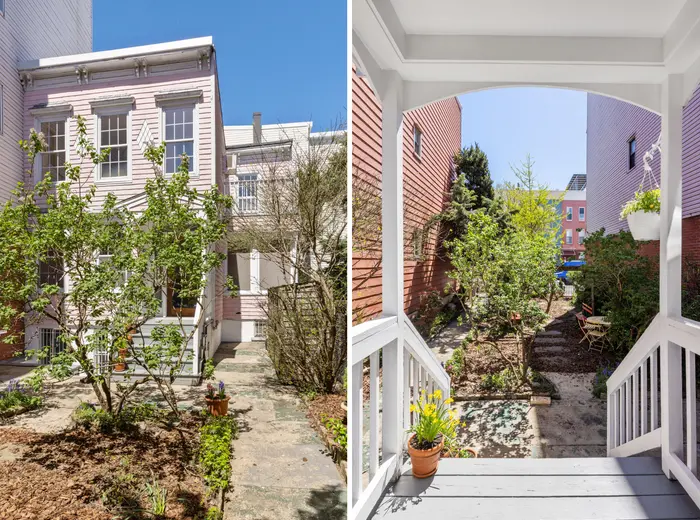
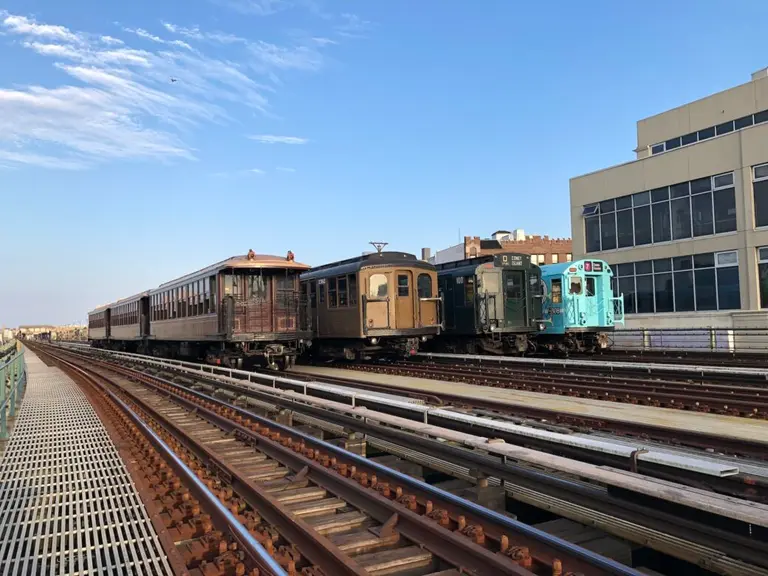
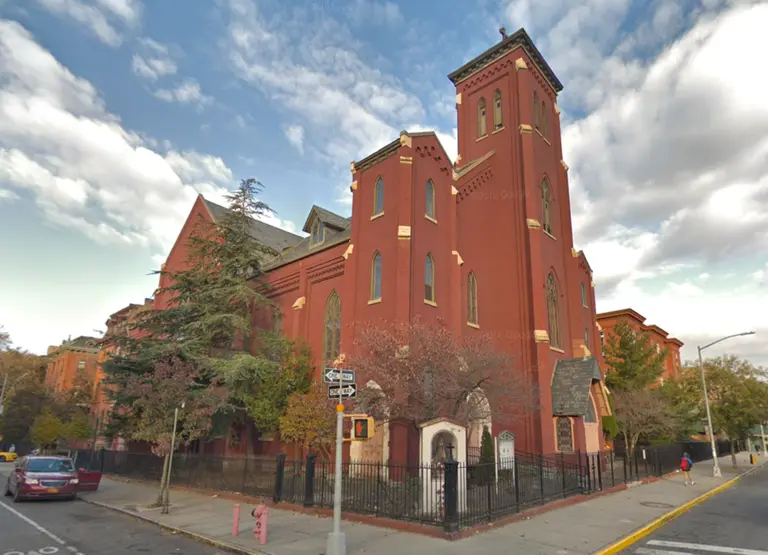

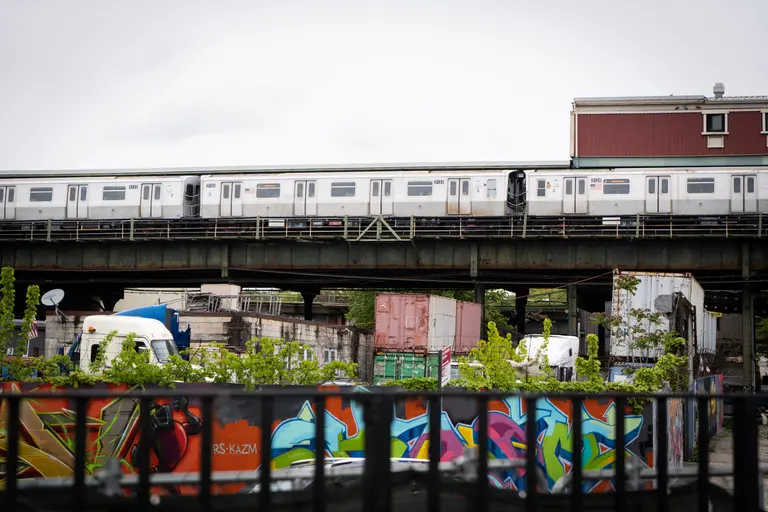
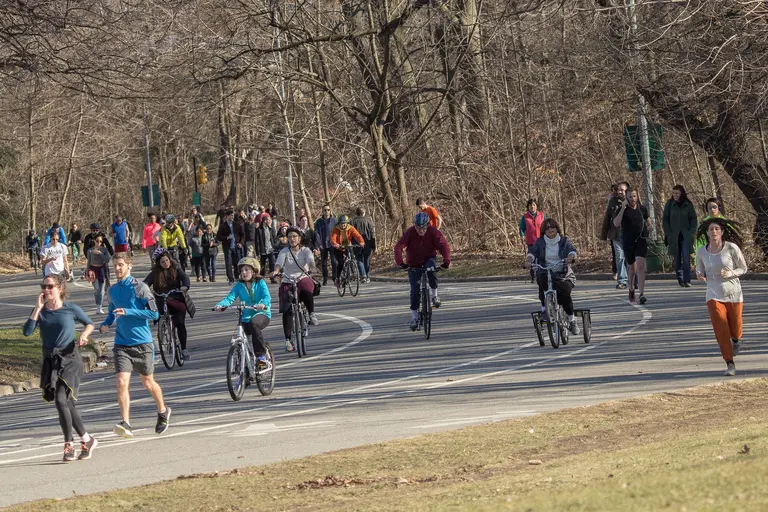
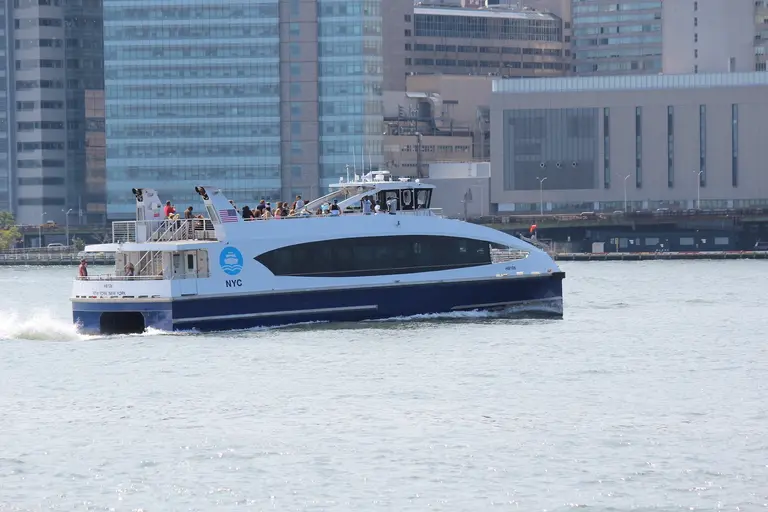










The little things that you learn…
SMALL ERROR>> the line now holds the L train, which travels from 8th Avenue in Brooklyn to Rockaway Parkway in Canarsie, Brooklyn.THE LINE STARTS AT 14TH STREET AND 8TH AVENUE IN MANHATTAN.
I winder if the old trolleys were dug up and removed before the homes were built on the old sand pit site?